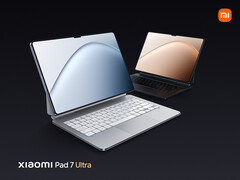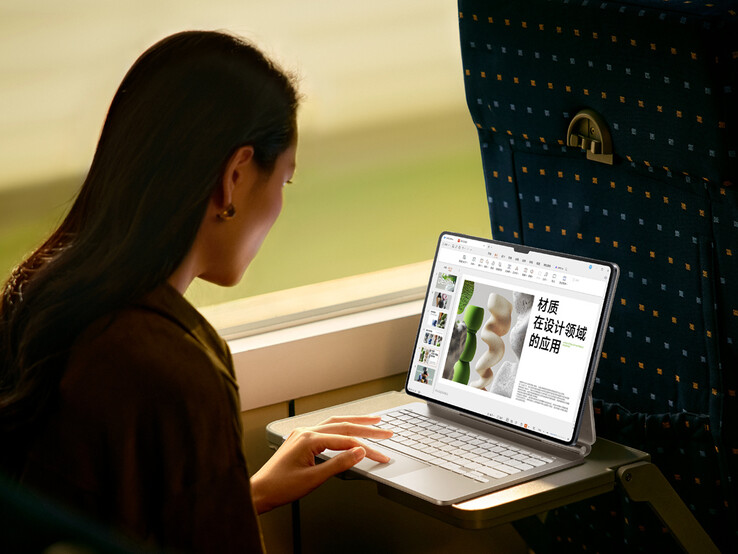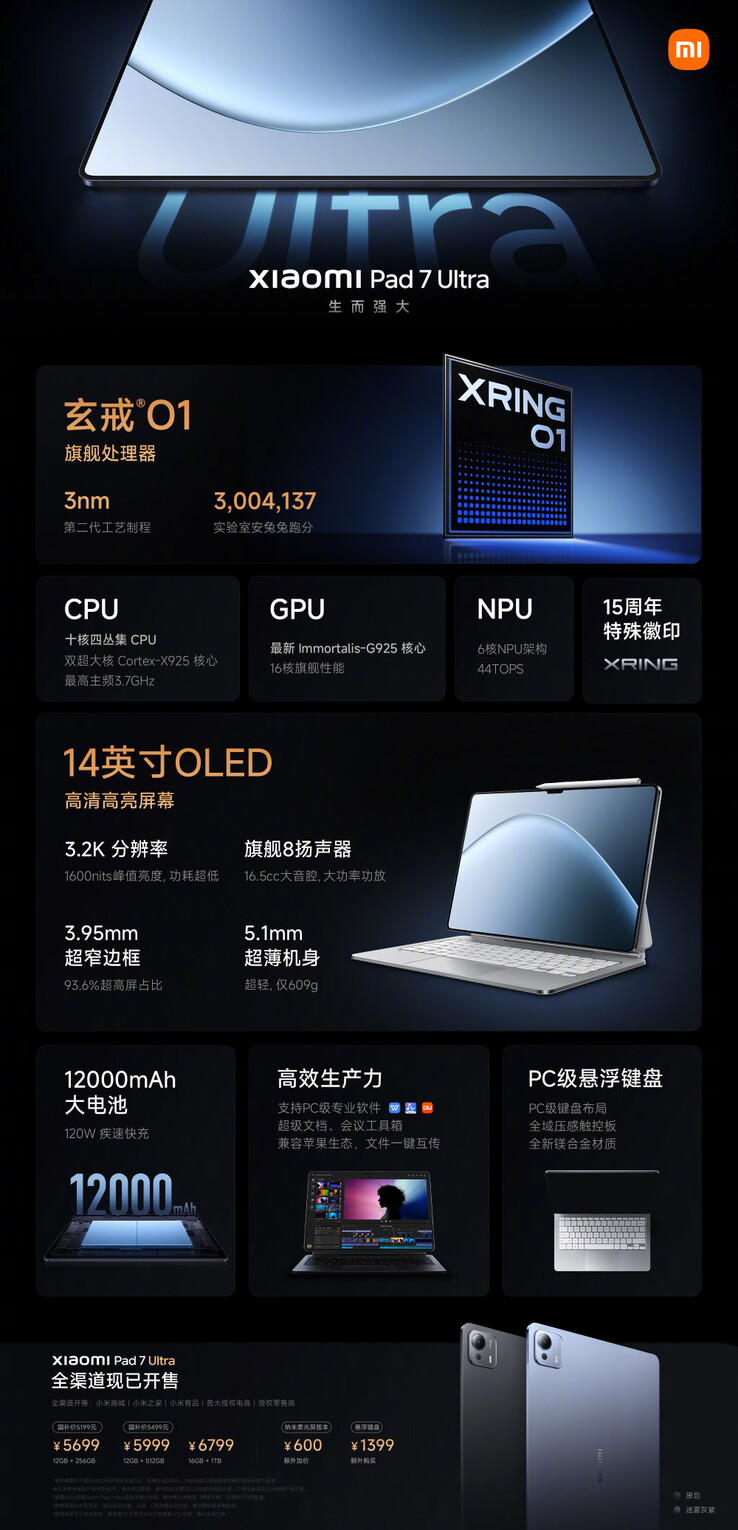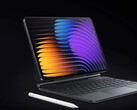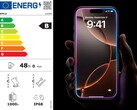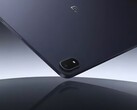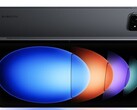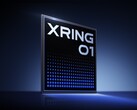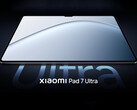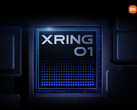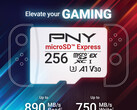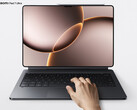Xiaomi has unveiled the Xiaomi Pad 7 Ultra today along with other devices like the Civi 5 Pro and Xiaomi 15S Pro. Not only is the Pad 7 Ultra a larger alternative to the Pad 7 and the Pad 7 Pro, but it is also the first tablet based on the new Xiaomi Xring O1 chipset. As we have covered separately, the Xring O1 is a 3 nm chipset backed by a ten-core CPU and a 16-core GPU.
Meanwhile, Xiaomi has positioned the Pad 7 Ultra as a direct competitor to the Samsung Galaxy Tab S10 Ultra (curr. $999 on Amazon) thanks to the inclusion of a 14-inch AMOLED display intersected by a notch on its top long edge. Sporting a 3:2 aspect ratio, the display outputs at 3,200 x 2,136 pixels with 1,600 nits peak brightness (HDR) and a 120 Hz refresh rate, just like Samsung's latest giant tablet. However, the Pad 7 Ultra's notch only contains a 32 MP and 1/3.6-inch OmniVision OV32D front-facing camera.
A 50 MP camera can be found on the rear of the device too, which utilises Samsung's ISOCELL JN1 sensor with a 1/2.76-inch optical format. Separately, the Pad 7 Ultra also features a 12,000 mAh battery that supports 120 W wired charging, unlike competing flagship tablets. Nonetheless, the Pad 7 Ultra is a mere 5.1 mm thick and weighs 609 g, excluding any accessories.
As Xiaomi's teaser images show, the Pad 7 Ultra can optioned with a stylus and a keyboard accessory that integrates a large trackpad. At launch, the tablet starts at CNY 5,699 (~$791) with 12 GB of RAM and 256 GB of storage. Alternatively, the Pad 7 Ultra can be configured with up to 16 GB of RAM and 1 TB of storage but for CNY 7,399 (~$1,027). There is no word on an international launch yet, though.




